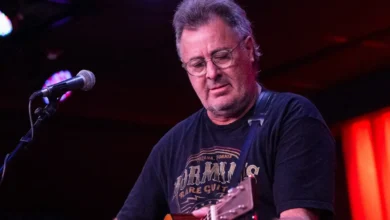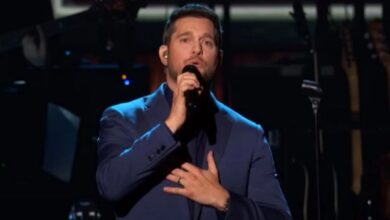Hank Williams’ Grand Ole Opry Debut: The Performance That Defined an Era
Hank Williams’ first appearance at the Grand Ole Opry on June 11, 1949, is a landmark event in the history of country music. At the age of 25, Williams had already established himself with hits such as “Move It On Over” and “Honky Tonkin’.” Nevertheless, it was his performance of “Lovesick Blues” that propelled him into national prominence, topping the country charts and drawing the attention of the Opry’s management.
That evening, the Ryman Auditorium, often referred to as the “Mother Church of Country Music,” was filled to capacity. Among the audience were 230 young women from Volunteer Girls State, a program for citizenship training. Their attendance injected a distinctive energy into the venue, as many were visiting Nashville for the first time. This vibrant enthusiasm stood in contrast to the generally older Opry audience, creating the perfect atmosphere for an unforgettable evening.
Unsure of how Williams would be received, Opry management placed him in a later slot with Ernest Tubb, avoiding the NBC Radio nationally broadcast hour. When Williams stepped onto the stage, the audience erupted in applause, particularly the Volunteer Girls State participants. Beginning with “Lovesick Blues,” he captivated everyone, leading to several encores—a rarity at the Opry. The excitement of the young women energized the entire crowd, establishing Williams’ reputation as a country music legend.
This performance not only represented a major milestone in Williams’ career but also underscored the changing demographics of country music audiences. The enthusiastic reaction from the younger fans showcased the genre’s expanding appeal and the influence of diverse audiences on live shows.
Hank Williams, born Hiram King Williams on September 17, 1923, in Mount Olive, Alabama, grew up in a rural environment that profoundly impacted his music. He learned to play the guitar from Rufus “Tee-Tot” Payne, an African American blues musician who greatly influenced his musical style. Williams started performing professionally in his teenage years, forming the Drifting Cowboys band and achieving regional fame.
Despite his growing success, Williams struggled with personal issues, including alcoholism and health problems. These challenges led to unstable relationships and impacted his career. Nevertheless, his exceptional songwriting continued to shine, producing timeless classics like “Your Cheatin’ Heart,” “Hey, Good Lookin’,” and “I’m So Lonesome I Could Cry.”
Williams’ tenure with the Grand Ole Opry was relatively brief. After his successful debut, he became a regular performer but was let go in 1952 due to his unreliability caused by personal difficulties. Tragically, Williams passed away from heart failure on January 1, 1953, at the age of 29. Despite his short career, his impact on country music remains significant and lasting.
Hank Williams’ legacy lives on across generations. His son, Hank Williams Jr., and grandson, Hank Williams III, have both achieved successful music careers, each establishing their own paths while honoring the family’s musical heritage. Williams’ songs have been interpreted by countless artists in various genres, demonstrating the enduring quality of his work.
In acknowledgment of his contributions, Williams was posthumously inducted into the Country Music Hall of Fame in 1961, the Songwriters Hall of Fame in 1970, and the Rock and Roll Hall of Fame in 1987. His life and music have inspired numerous biographies, documentaries, and films, highlighting the lasting fascination with his story.
Hank Williams’ debut at the Grand Ole Opry stands as a testament to his talent and the transformative nature of music. It highlights how a single performance can leave a lasting impression on an artist’s career and the broader cultural landscape.





